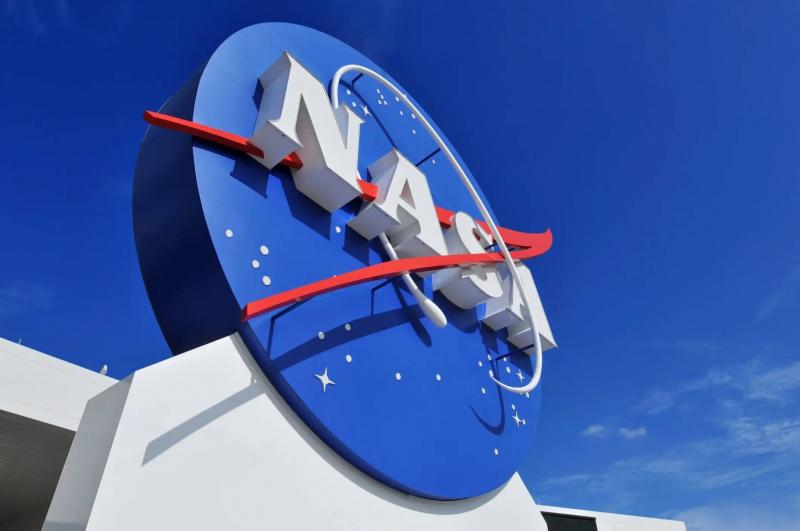NASA has detected a gas on Mars that is "produced by living organisms on Earth," raising scientists' curiosity about what might be hidden on the red planet. The "Curiosity" rover discovered a continuous flow of methane gas from Gale Crater, which appears at different times of the day and varies seasonally. The research team suggested that the methane might be trapped under hardened salt, only leaking out when temperatures rise on Mars or as "Curiosity" moves over the crust.
On Earth, this simple molecule, composed of one carbon atom and four hydrogen atoms, is typically a sign of life. It was found that the spot from which the methane gas emerged in Gale Crater was the only location on the red planet where "Curiosity" detected the gas. Scientists conducted experiments simulating Martian soil conditions in the laboratory to understand what might be happening in reality. They discovered that over a long period, salts (perchlorates) emerge from the depths of the planet's rocky and dusty surface, also known as "regolith."
Toxic perchlorates are abundant in the ice trapped beneath the surface of Mars. As the ice gradually evaporates, the salty vapor seeps and leaves some behind. When enough salt accumulates in the regolith, it forms some kind of shell or crust. The scientists wrote, "On Mars, such a process can occur naturally over a long period in areas of shallow permafrost, and it may be possible for enough salt to accumulate in the upper layer to form a crust." With the rise of salty vapor, the source of the mysterious methane gas (so far) is also rising. Its origin could be "some form of living organisms" or could result from geological processes beneath the surface of Mars that remain invisible to scientists.




